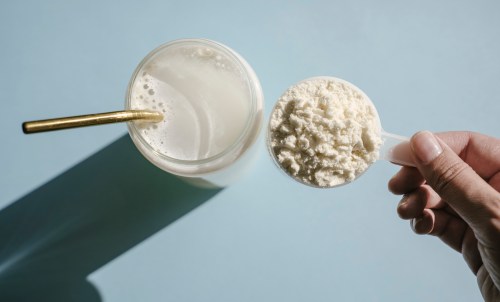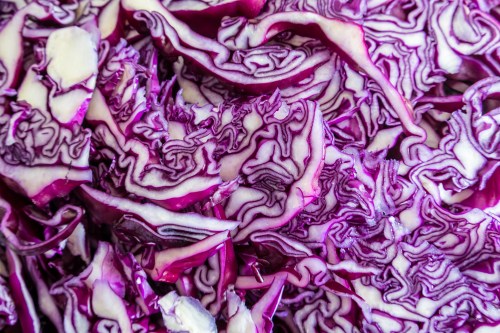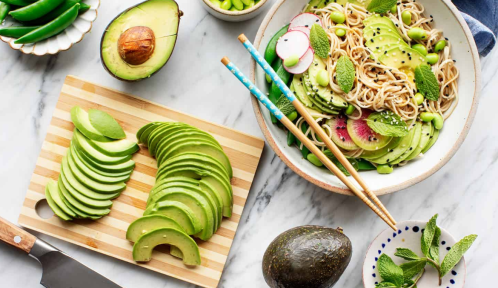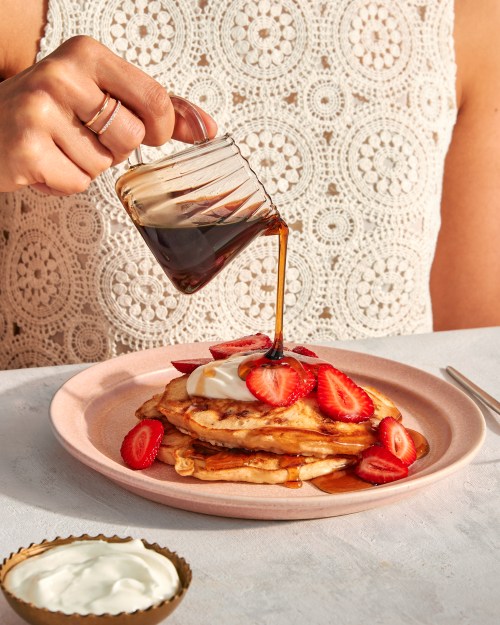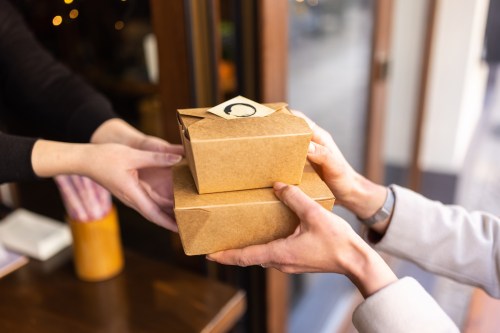Our editors independently select these products. Making a purchase through our links may earn Well+Good a commission
Anyone else feel like quarantine has them cooking all the time? In the days before COVID-19 (ah, the good old days), breakfast was likely something that could be eaten on the go, lunch was pre-made and packed, and snacks were whatever you found in your purse or in the office kitchen. But now that everyone is actually sitting down for more meals throughout the day, the kitchen has been getting a lot more action. By the time dinner rolls around, it can feel like your day has already been a continuous cycle of cook-do dishes-repeat.
One-pot pasta meals can help eliminate at least some of this problem. They guarantee easier cleanup since you’re only dirtying a few utensils plus one pot, rather than the usual array of multiple pans and prep bowls. And because it’s easy to make a lot of pasta at once, these recipes allow you to feed a whole house full of mouths and still have some leftovers to eat for a few days.
All the one pot pasta recipes here can be used with any type of alt-pasta and are also full of good-for-you foods. And of course, they still keep dinner easy. Keep reading to check them out, and be sure to join Well+Good’s Cook With Us Facebook group for more healthy meal inspo.
6 healthy one pot pasta meals that will make cleanup a breeze:
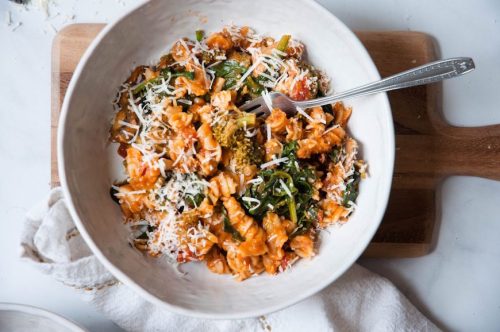
1. Pasta with broccoli, mushrooms, and spinach
If you’re a classic noodles-and-red-sauce type of pasta eater, this recipe is right up your alley. The veggies added in—broccoli, mushrooms, spinach, onion, and tomatoes—complement jarred tomato sauce perfectly. There’s so many veggies in this dish you don’t even need a side salad.
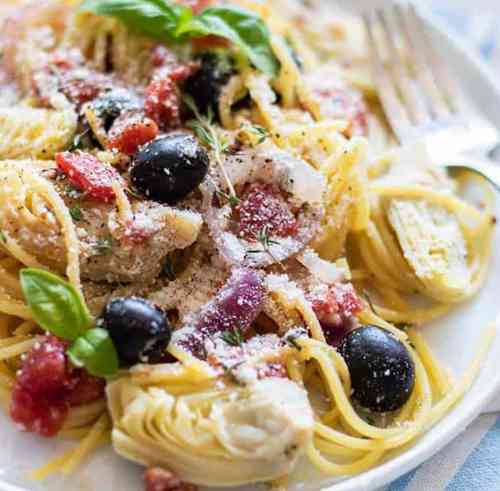
2. Mediterranean one-pot pasta
Think of this recipe as the pasta version of an antipasta plate. The artichokes, sun-dried, tomatoes, onion, and olives add so much to the meal on their own, that all it needs is a little olive oil on top to finish; you won’t even miss the sauce.
Watch the video below to learn about the health benefits of the Mediterranean diet:
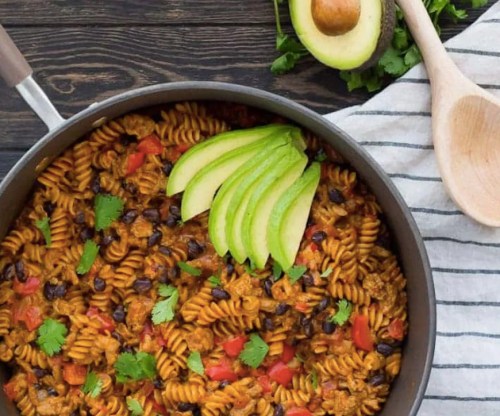
3. One-pot taco pasta
Just because you’re cooking pasta doesn’t mean you have to go all-out Italian. This dish is Mexican-inspired, incorporating cilantro, avocado, jalapeno, and sour cream. Beef crumbles are also added for protein, which is made in the pot before the other ingredients are added in.
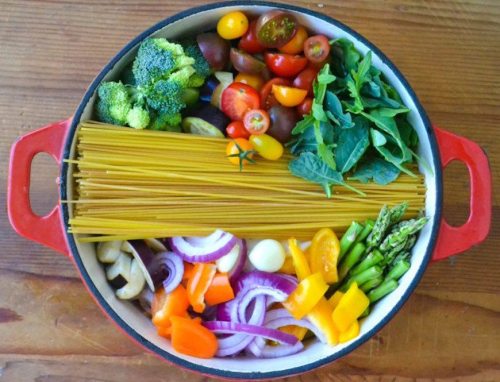
4. One-pot farmer’s market pasta
If you want to break out of your “normal” veggie box and experiment with some new ones, this recipe is a good one to try. Baby eggplant, summer squash, and asparagus are just a few of the ones in this dish. In fact, there are *so* many veggies that if a few of them aren’t readily available to you (either frozen or fresh) it won’t make much of a difference to skip them.
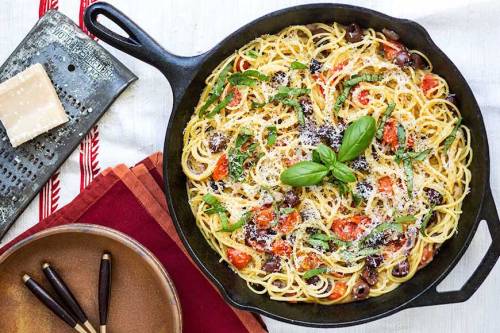
5. Tomato and olive pasta
This recipe has one ingredient especially good for brain health: anchovy paste. The often-overlooked canned fish adds a unique salty, umami flavor in combination with other Mediterranean-inspired ingredients such as Kalamata olives, cherry tomatoes, spinach, and olive oil.
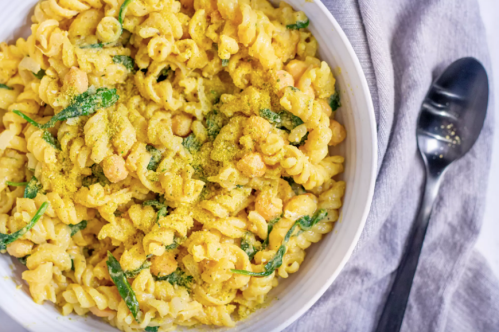
6. Creamy vegan Florentine pasta
This pasta dish is as rich, creamy, and comforting as a big bowl of mac-and-cheese, but it has way more protein and fiber than what you’ll find in a blue box. The sauce is made with cashew butter (tahini also works) and is flavored with poultry seasoning and garlic. Another ingredient is chickpeas, which also up the fiber and protein content in this yummy meal.
Sign Up for Our Daily Newsletter
Get all the latest in wellness, trends, food, fitness, beauty, and more delivered right to your inbox.
Got it, you've been added to our email list.


